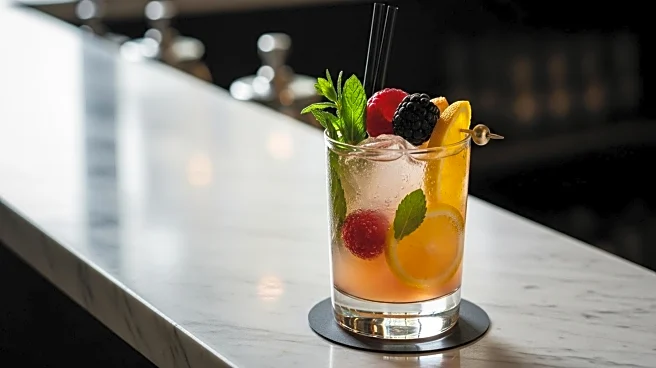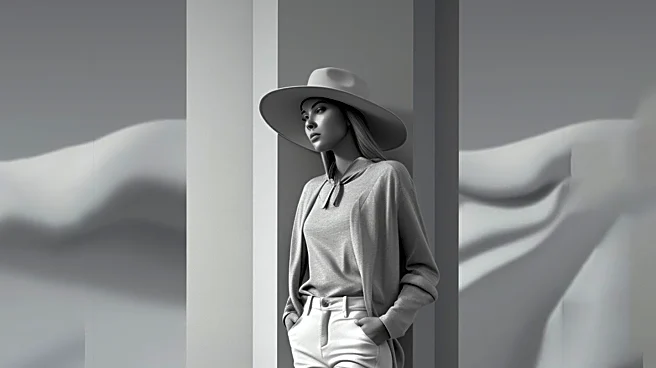What's Happening?
Faena New York is set to open later this year, bringing its unique approach to wellness architecture to Manhattan. The property will feature the Tierra Santa Healing House, a 12,000-square-foot sanctuary dedicated to holistic wellness. This facility includes a hammam, multiple water features, treatment rooms, an infrared sauna, and fitness studios. It will offer bespoke South American healing treatments using indigenous ingredients and advanced anti-aging technologies. The Faena New York, designed by Bjarke Ingels Group, aims to merge art, design, dining, wellness, and performance into a multidimensional experience, celebrating the city's creative pulse.
Why It's Important?
The introduction of Faena New York and its wellness architecture signifies a growing trend in hospitality that emphasizes holistic health and cultural immersion. This development could impact the local economy by attracting tourists seeking unique wellness experiences. It also highlights the increasing demand for spaces that integrate art and wellness, potentially influencing future hotel designs and urban planning. The focus on indigenous healing practices may foster cultural appreciation and awareness, benefiting both the hospitality industry and the broader community.
What's Next?
As Faena New York prepares to open, it is likely to attract attention from both local and international visitors. The property may set a precedent for other hotels to incorporate wellness architecture and cultural elements into their offerings. The success of Tierra Santa Healing House could lead to further expansion of similar wellness facilities in urban areas, promoting a shift towards health-focused hospitality experiences.
Beyond the Headlines
The emphasis on wellness architecture at Faena New York could spark discussions on the ethical use of indigenous healing practices in commercial settings. It may also encourage a broader cultural exchange, fostering understanding and respect for South American traditions. Additionally, the integration of art and wellness could influence cultural programming in urban environments, promoting community engagement and creative expression.











